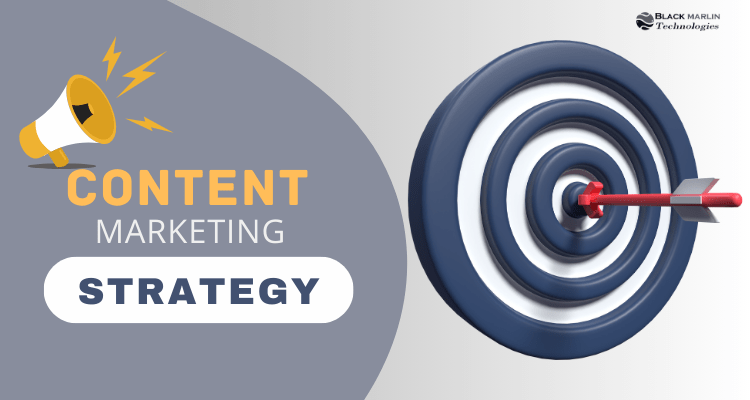 A good search engine optimization (SEO) strategy can indeed change the online game drastically. By game, we mean online visibility and traffic drive to any webpage or website. However, what if you do not receive the expected results? In other words, your website rank is nowhere within the top three options on the search engine results page (SERP).
A good search engine optimization (SEO) strategy can indeed change the online game drastically. By game, we mean online visibility and traffic drive to any webpage or website. However, what if you do not receive the expected results? In other words, your website rank is nowhere within the top three options on the search engine results page (SERP).
Perhaps, a thorough SEO audit can fix the issues and get your web page ahead of the competition. Search engine optimization audit is the fundamental requisite to inspect the various technical and on-page issues affecting your website’s SEO health!
So today, we will talk about the diverse aspects of SEO audit checklists and the ways to perform them. We assure you will no longer fret about your website’s ranking!
1. SEO Audit: Significance and Impact
What do you understand by audit? In general, it means to examine or investigate. Similarly, an SEO audit indicates the assessment of a website in the aspect of its search engine friendliness.
When a website is search engine friendly, it enables easy indexing. It means the website is content-rich, and a search engine can derive high-quality information from it. Thus, a search engine can easily organize information, allowing instantaneous query responses.
In simple terms, you call a website optimized when it is easily discoverable by a search engine.
So, a search engine optimization audit is important because:
- It helps in optimizing a website
- Aids in attaining higher SERP rankings
- Keeps a website up-to-date through advanced developments
- It allows a website to stay in sync with the ranking algorithm
Hence, it is evident that an SEO audit is a health checkup of your website’s SEO! The process utilizes various tools to monitor the essential parameters for effective SEO.
Before further delay, let us focus on the SEO checklist responsible for your website’s performance.
2. Preparing for an SEO Audit
Since an audit proposes insights about improving your SEO strategies for enhanced site performance, it is based on gathering essential data and analytics. For a proactive, comprehensive site structure evaluation, Google Search Console and Google Analytics are the primary tools used to collect a website’s analytics data. This data is the core of the audit process.
Apart from the analytics data, SEO Key Performance Indicators (KPIs) are used to assess and measure an SEO campaign’s effectiveness and performance.
SEO KPIs play a significant role in:
- Evaluating SEO effectiveness by accessing quantifiable data to track visibility, organic traffic, and conversion rates.
- Comparing performance to improve and evolve.
- Making strategic decisions through data insights.
Check out the top SEO KPIs of 2023:
i. Organic traffic
ii. Organic conversion rate
iii. Bounce rate
iv. Click-through rate (CTR)
v. Keyword rankings
vi. Load time
vii. Number of backlinks
viii. Domain authority
ix. Average session duration
x. Pageviews
Therefore, the analytics and KPIs are the cornerstone of SEO audit that help in reaching out to your target audience.
3. Technical SEO Checks
An SEO audit comprises technical and non-technical factors. Technical SEO analysis is specifically based on external components that have nothing to do with your website’s content or links. It revolves around the aspects affecting the visibility and accessibility of your website to search engines.
To simplify, a technical SEO audit monitors the indexing and crawling of a website. It substantially influences the user’s experience (UX). Thus, a technical audit evaluates the factors responsible for indexing, crawling, visibility, and UX.
So, how do you review your website’s technical SEO? Let us check it out.
- Check the configuration and navigation of the website
- Ensure that the website is registered with Google Search Console and Bing webmaster tools
- Check for error pages and broken links
- Review XML Sitemaps and robots.txt file of the website
- Check whether the site has SEO-friendly URLs
- Examine duplicate content and canonicalization
- Review the HTTPS status of the website
- Ensure the Breadcrumb menu is active
- Check for mobile optimization
- Whether the website’s 404 is customized
Note: A complete technical SEO audit takes only a few hours. It must be conducted every three months for effective results and enhanced performance.
4. On-Page SEO Analysis
On-page SEO audit is the most crucial segment of the entire audit process. It determines the optimization of your website content to boost visibility and improve target audience relevance.
Thus, after fixing the technical issues in the SEO audit, you need to focus on on-page SEO optimization to enable search engines to recognize your website’s content meaning. It is necessary that individual web pages must be fully optimized for search engine crawlers to receive the right signals.
On-page SEO audit is performed in the following ways:
- Optimize the titles and meta descriptions
- Ensure that the website has proper formatting with an H1 tag and that the headings are organized as per hierarchy
- Optimize the website’s content through keyword research
- Review the internal linking structure for better search rank
- Check the file names and alt tags for images, including the content delivery network (CDN).
- Review the correct use of banner ads
- Check for broken links and duplicate content
- Examine the user-friendliness of the website
5. Content Quality and Relevance
In SEO, content is the king! It is the quality and relevance of content in any website that is extensively responsible for better search result ranking, higher organic traffic, and increased conversions. In other words, the better the content matches to search query, the better the ranking.
Therefore, content quality assessment is crucial to achieving the best SEO strategies. It dictates the website indexing factor. Apart from content, multimedia elements like images and videos are also part of a website. They provide additional text information, increasing content relevance.
Whenever there is a search query, search engines look for indexed websites that match the user’s requirements. The set algorithms evaluate the entire process. These algorithms generate search result rankings.
Now, what to look for in an SEO content audit?
i. Language– Assign content to a particular language or region.
ii. Text– The relevance of content to a search query.
iii. Title– It refers to the main topic of a website that acts as a relevance criterion.
iv. Multimedia– It indicates images, videos, and graphics in a website proposing extra text information while making the content more engaging.
v. Local terms- Using local terms depicting a particular region is an effective SEO strategy implementation.
6. Site Structure and Navigation Audit
A website structure, also called site architecture, affects SEO performance to a considerable extent. A well-structured website must have well-organized and well-connected pages for easy navigation and improved user experience.
How does site structure affect SEO?
- Search engines can locate and index all the pages on the website
- Generate authority through internal links
- Visitors can easily find the relevant content
Typically, the internal links in a website comprise the site structure. These links help search engines find and rank web pages. The internal link structure is known as website navigation.
Hence, during an SEO audit, ensure the site structure complies with a well-established internal linking strategy for superior UX and potential SEO.
7. Mobile Optimization and Responsiveness Audit
Do you have a mobile-friendly website? It is a very relevant question if you are wondering why your website has a poor rank! In the present-day scenario, mobile devices are an essential tool to access the internet, social media, search engines, and other digital platforms.
It is best to say that without a smartphone, our lives are aimless! Hence, mobile optimization is of utmost necessity to boost the overall user experience and improve search engine rankings.
Your website must be designed to be responsive to various screen sizes, user interfaces, and loading speeds.
What happens when you have a mobile-optimized website?
i. Increased organic traffic
ii. Higher engagement
iii. Better conversion rate
Hence, alongside enhanced UX and search ranking, with mobile optimization, you receive better business!
8. Page Load Speed and Performance Audit
For an outstanding SEO result, page load speed is utterly necessary. It refers to the loading speed of content on a web page. Having a fast load speed results in higher rankings in SERP.
When users have to wait longer for a page to load, it contributes to a negative impression of their experience. Many may even prefer to leave the page and move to another site.
The prevalent metrics to determine the page speed are:
- Time to First Byte (TTFB)- The time taken to begin page loading
- First Content-ful Paint (FCP)- The time taken to view the first page element
- Onload Time- The time taken to load a page fully
Now, let us consider the best tools used to analyze page speed during a search engine optimization audit:
i. Google PageSpeed Insights
ii. Google Lighthouse
iii. WebPage Test
iv. GTmetrix
v. Pingdom Website Speed Test
vi. Website Checker
There are solutions to improve the page load speed of a website. Check them out here:
- Compress the images without compromising their quality
- Use the right image formats like JPEG, PNG, and WebP
- Minimize JavaScript, HTML, and CSS
- Decrease HTTP requests
- Implement a CDN (Content Delivery Network)
- Allow browser caching
9. Backlink Profile and Authority
Backlink profile analysis is another significant checklist for an SEO audit. Backlinks are considered as votes of trust from other websites. The quality and quantity of backlinks determine the ranking of a web page. The more the backlinks, the higher the website rank.
Note: The quality of backlinks is more important than the quantity.
It is not necessary that too many backlinks can make a webpage rank high. Rather, a few high-quality backlinks can do wonders!
So, what determines a high-quality backlink?
i. Relevance
ii. Authority
iii. Dofollow links
As an element of off-page SEO, backlinks help increase visibility, create brand awareness, and enhance domain authority. Thus, identify the toxic links and examine your competitor’s backlink profile to improve your opportunities.
10. Social Media Integration
Social media do not directly influence the ranking of a website in SERPs. Nevertheless, social media integration for SEO indirectly affects visibility and organic search rankings through links and metrics. Likes, comments, and shares generate brand awareness, credibility, and consumer loyalty. Thus, it elevates traffic and visibility, influencing SERP rankings indirectly.
Also, social media plays a significant role in assessing a brand’s digital reputation.
Social media strategies that can improve SEO results include:
a. Unified keyword alignment
b. Social link-sharing buttons on the website
c. Include links in videos and presentations
d. Incorporate links in social profiles
e. Boost content creator’s profile
f. Build relationships
g. Use analytical tools to increase content engagement and lifespan
h. Optimize social media profiles
i. Generate links and social media scope
j. Boost positive acknowledgements
To conclude, integrating social media in SEO strategy is a fruitful tactic to lay a powerful online impact.
11. Local SEO and Geographic Targeting
Whenever performing an SEO audit, local SEO assessment is crucial for businesses targeting a particular geographic location. Optimizing your local SEO will lead to higher traffic, better leads, and more conversions. Hence, you can take complete advantage of the local market and target your competition.
Here is the checklist for local SEO audit:
- Optimize GMB (Google My Business) listing
- Optimize voice search
- Collect and respond to customer reviews
- Verify NAP (name, address, phone number) consistency in all listings
- Assess local search rankings and citations
- Create content based on local keywords
Local SEO is pretty lucrative when you follow the trends and keep updated!
12. User Experience (UX) and Engagement Metrics
SEO and user experience (UX) conclude a symbiotic relationship. Positive user experience implies visitors can easily find the information they are looking for. Thus, the better the UX, the better the SEO.
Bounce rate and page loading speed affect UX considerably. The former is a user engagement metric determining how quickly or frequently visitors bounce after viewing a single page. While the latter determines the loading speed of a page, which affects UX immensely.
So, how to determine UX and engagement metrics?
i. The average time on a page
ii. The dwell time on a page
iii. Click-through Rate (CTR)
iv. Bounce rate
v. Exit rate
All of the above user experience metrics can help you determine the SEO-ability of your website.
13. Security and HTTPS Implementation
For search engine optimization and rankings, website security and HTTPS implementation are vital as they promote a positive page experience, laying a comprehensive impact on SEO performance. Apart from establishing credibility, they help in website ranking improvement by reducing bounce rates. It also enhances visitor’s confidence resulting in higher conversions.
However, to implement HTTPS and SSL, you require an SSL certificate from a service provider. After installing the certificate on your server and updating URLs, you can use HTTPS.
Check out the ways to improve website security for better SEO performance:
- Update software
- Use secure host
- Encrypt the login pages
- Keep backup data
- Use strong passwords
- Keep the website clean
14. Monitoring and Reporting
For a comprehensive SEO audit, monitoring and reporting is essential to track the effectiveness of the applied strategies. There is always a scope to improve when you are aware of the lags and high points.
In general, SEO monitoring and reporting allow you to evaluate the SEO performance and understand the areas of improvement. Also, it helps in monitoring competitors, avoiding penalties, and, above all, improving SEO rankings.
The top SEO monitoring tools in 2023 are:
- ContentKing
- Seolyzer
- Oncrawl
- Seoability
- Seomater
- Ahrefs
- Google Data Studio and Google Analytics
- Moz Pro
- SEMrush
- Woorank
15. Staying Updated with SEO Trends
After you have collected all the data, it is time to focus on the emerging SEO trends and updates to monitor and evaluate the rising competition while improving website speed and organic search performance. From algorithm updates to innovative search intent tools, 2024 is a year to leverage SEO in the true sense!
We have introduced some of the most popular SEO trends at the present time. Let us have a look:
i. First-hand Experience (E-EAT: Experience, Expertise, Authority, Trust)
ii. Audience-targeted content
iii. Emphasis on content creator’s authority
iv. Quality and not quantity content
v. A.I content
vi. CTR and SERP changes
vii. SEO automation
viii. SEO competitor analysis
ix. Product page SEO
x. Integrated image SEO
xi. Reduced crawl frequency
xii. Fast load
xiii. High performance
When you weave these SEO trends, you can always enjoy the upper hand in the race!
16. Frequently Asked Questions (FAQs)
Q. Why should I perform an SEO audit?
A. An SEO audit helps identify issues related to the website’s speed, performance, ranking, sitemaps, security, and others. It is a valuable way to diagnose problems so that you can fix them for the best results.
Q. What are the various types of SEO audits?
A. SEO audit involves technical SEO, on-page SEO, off-page SEO, and local SEO. They provide insights into the overall performance of a website.
Q. How long does it take to perform an SEO audit?
A. Some audits may take several hours, while others may take 2 to 6 weeks. It depends on the size and complexity of the website.
Q. How often should I perform an SEO audit?
A. It is recommended to perform an SEO audit at least once every three months. It helps in improving SEO strategy effectiveness.
Conclusion
To wrap up, an SEO audit is the ultimate weapon to harness the real power of SEO best practices! Poor ranking, low visibility, less traffic, or reduced conversions, a comprehensive audit report can evaluate the problems and aid appropriate solutions. If you are worried about lower returns despite implementing a holistic SEO strategy, perhaps something is not working out right.
What best can you do to fix it? Of course, Ask us to perform an SEO audit!
 +1-(401) 240-1233
+1-(401) 240-1233 +91-88-266-83820
+91-88-266-83820






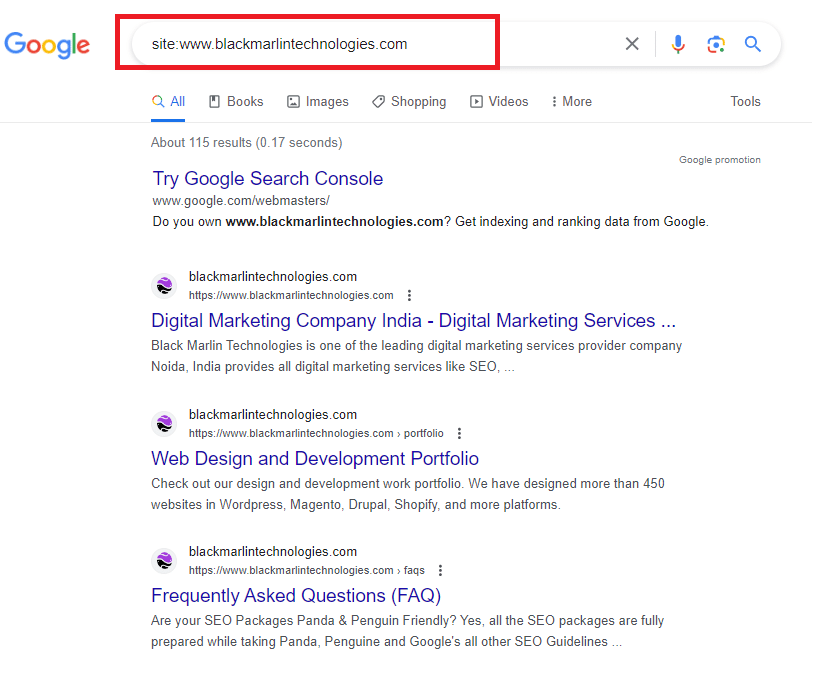









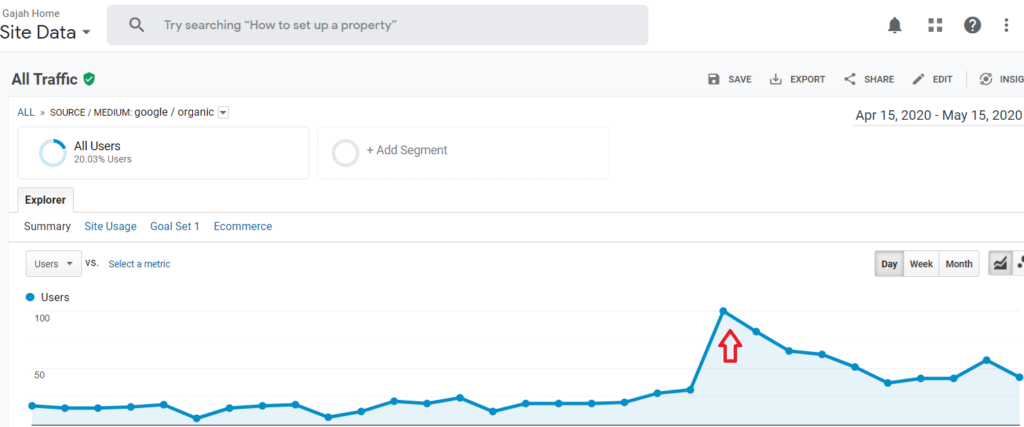
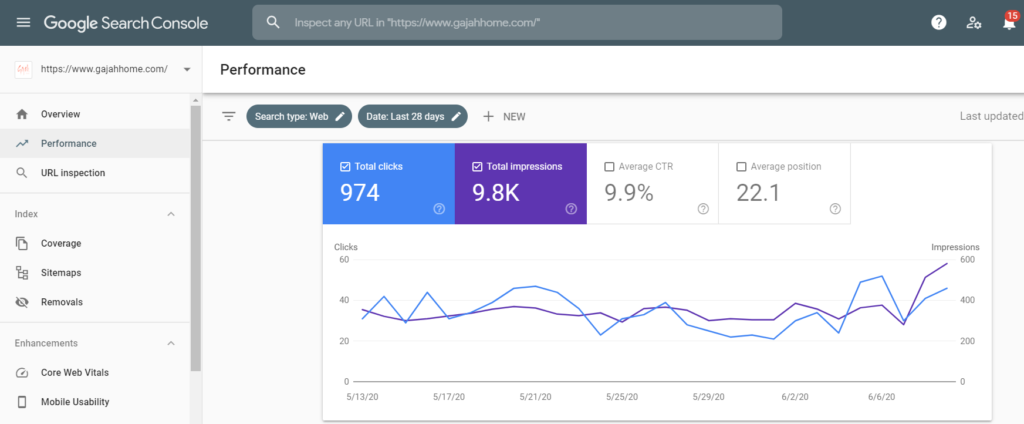
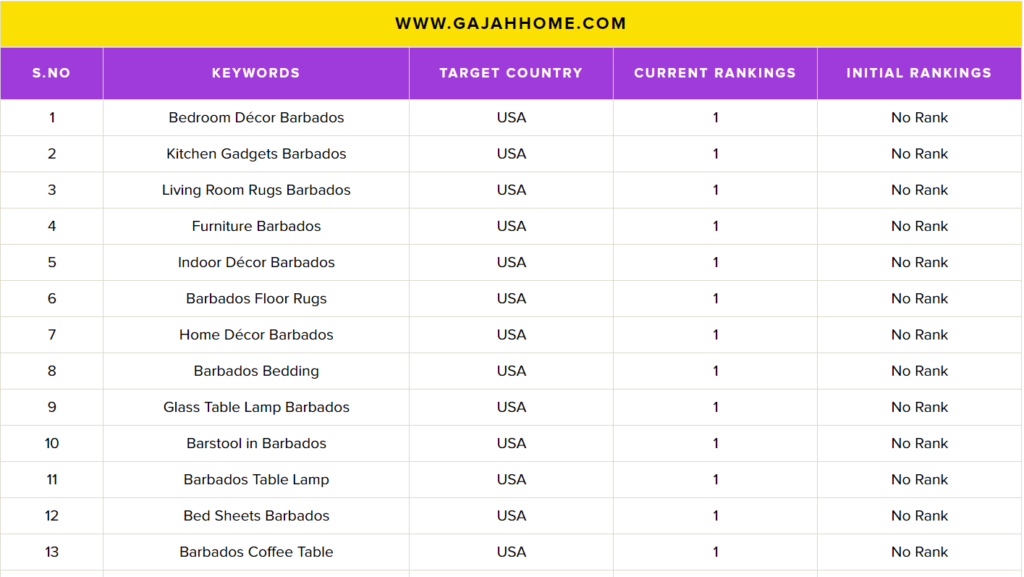

 A good search engine optimization (SEO) strategy can indeed change the online game drastically. By game, we mean online visibility and traffic drive to any webpage or website. However, what if you do not receive the expected results? In other words, your website rank is nowhere within the top three options on the search engine results page (SERP).
A good search engine optimization (SEO) strategy can indeed change the online game drastically. By game, we mean online visibility and traffic drive to any webpage or website. However, what if you do not receive the expected results? In other words, your website rank is nowhere within the top three options on the search engine results page (SERP).
